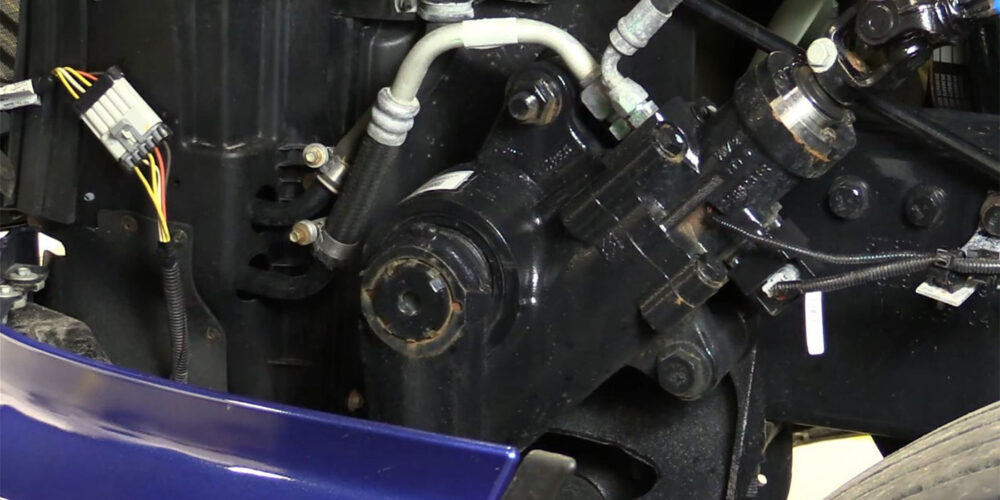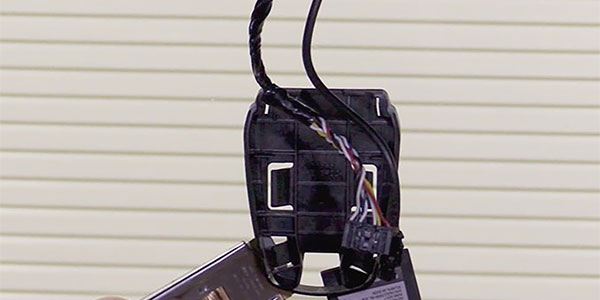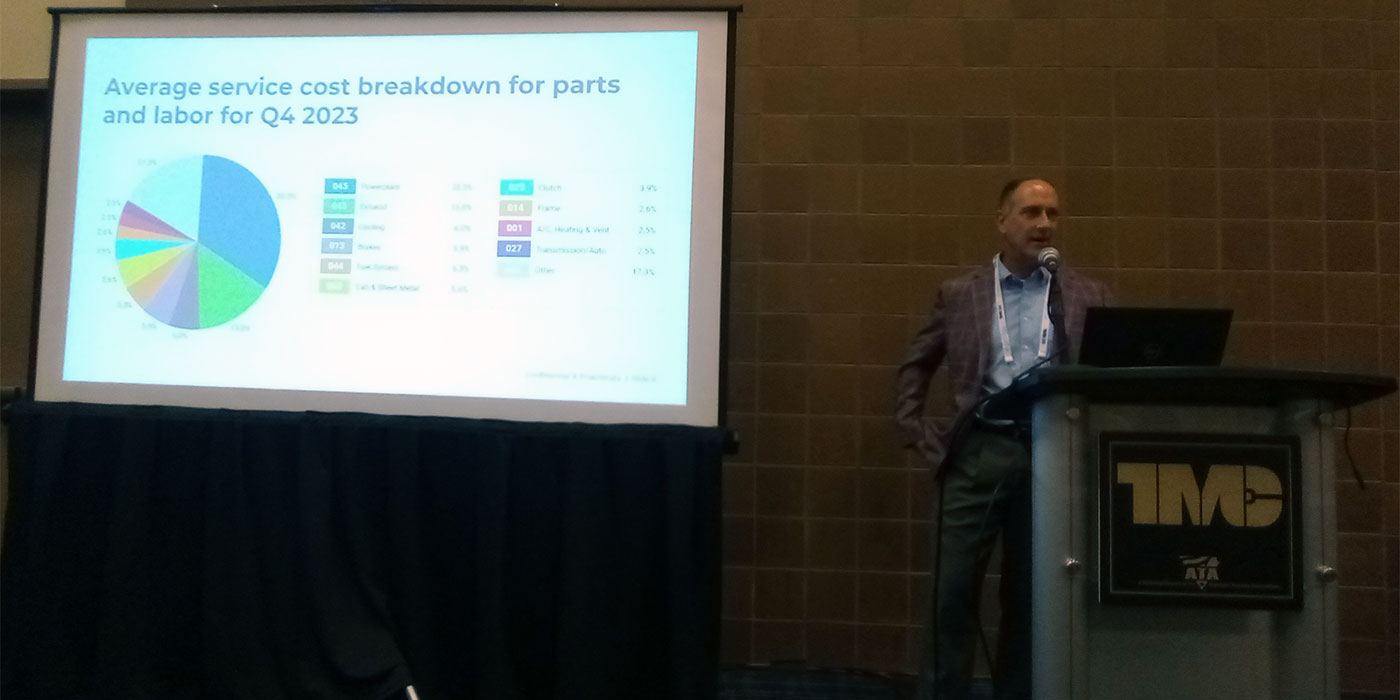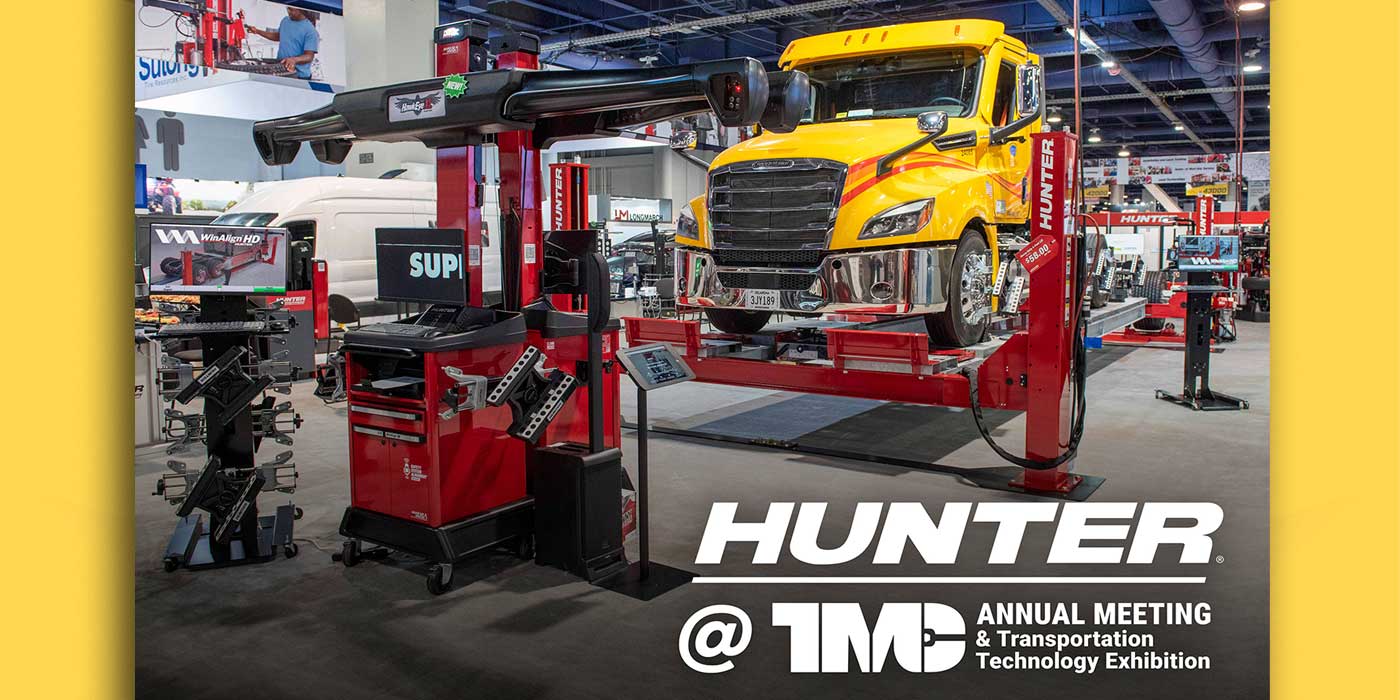A growing number of advanced driver assistance system (ADAS) technologies integrate steering systems as their capabilities evolve and expand. Functions like lane keep assist, compensation for side winds and road crown, active steering return and road disturbance suppression all depend on properly maintained and connected steering systems.
Bendix has provided the following Tech Tip, covering proper inspection and troubleshooting of steering systems on vehicles equipped with steering assist technologies.
Driver feedback matters
“Not surprisingly, drivers are almost always the first to notice a potential issue with a steering-assist-connected system because they’re very familiar with how steering is supposed to feel, and they usually immediately recognize when something’s not right,” said Brendon Goede, Bendix product manager – torque overlay. “We’re talking about situations where the steering wheel feels like it’s ‘binding,’ becoming difficult to steer, or exhibits irregular steering behavior outside of what may be described in the vehicle operator’s or system manual.
“These can occur either while driving or when the truck is stationary, but we emphasize that if you think the vehicle’s steering gear feels abnormal, first pull the truck over to a safe location and check that the steering assist features are functioning as described in the vehicle operator’s manual and/or system manual. If you feel that the vehicle’s steering is not functioning as described in the vehicle and/or system manual, then a further evaluation by a trained professional is required.
“It’s also important to follow the right troubleshooting steps before diving in and replacing a steering gear itself, when the right solution could be simpler and more cost-effective,” Goede added.
Goede emphasized that Bendix safety technologies complement safe driving practices and are not intended to enable or encourage aggressive driving. No commercial vehicle safety technology replaces a skilled, alert driver exercising safe driving techniques and proactive, comprehensive driver training. Responsibility for the safe operation of the vehicle remains with the driver at all times.
Electronics troubleshooting
If a problem arises with the electronic portion of the steering assist system, it will activate a DTC (diagnostic trouble code) displayed on a vehicle’s smart dash, as well as the diagnostic tool provided by the system manufacturer. When this happens, the technician should follow the published troubleshooting and repair recommendations from the system manufacturer. In some cases, adjacent systems are not operating properly, which affects the steering assist system. These adjacent systems must be repaired first before time is potentially spent on a system not in need of repair.
“To operate correctly, a steering assist system’s electronic controller requires accurate information from the vehicle,” Goede said. “Bendix reminds technicians that components and wiring systems that provide relevant input – the forward-facing camera and the steering angle sensor, for example – may need to be checked.”
If appropriate, check the manufacturer’s recommendations and examine the camera to ensure it is properly mounted with an approved bracket and placed correctly for the vehicle’s specific make and model. Additionally, cameras are designed specifically for particular vehicles and are not interchangeable between different makes and model years, so make sure the correct one is installed.
Similarly, if needed, ensure the steering angle sensor mounted to the steering column is calibrated and aligned to the manufacturer’s recommendations. Anytime a steering wheel is replaced, this sensor must be recalibrated.
If a power or data transmission issue arises, then the wiring or cable harness that provides power and network information to the gear, camera, steering angle sensor(s), or any other system integrated into the steering assist technology should be thoroughly evaluated and/or tested for proper performance.
Mechanical troubleshooting
Once you’ve confirmed that the electronic portion of the system is operating properly, it may be time to take a look at the physical operations of the steering system.
- Ensure that the steering column is not binding by disconnecting it from the steering gear and hand-rotating the column at the disconnected coupling. Look for the steering wheel rubbing against the column cover, and the column rubbing as it passes through the cab floor.
- Inspect the coupling joints of the steering column for proper fit and function. Remove the universal joint from the input shaft of the steering gear and inspect the sliding intermediate shaft. Inspect all joints for sticking and proper lubrication.
- Conduct hydraulic tests to ensure the steering gears are receiving adequate hydraulic oil flow and pressure. Follow manufacturer’s guidelines to install a pressure and flow tester and walk through the troubleshooting procedures.
“You should complete all of these steps before deciding whether or not to replace the steering gear,” Goede said. “It’s easy to jump to the conclusion that a new part will fix everything, but that’s not always the case, particularly when we’re dealing with more complex and interconnected safety systems on today’s vehicles.”
This Tech Tip was contributed by Bendix.















